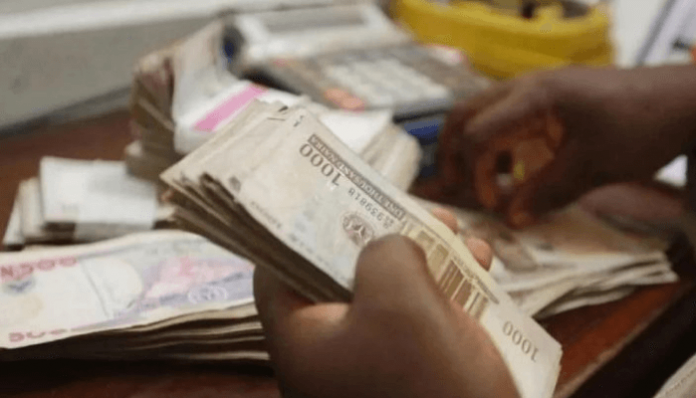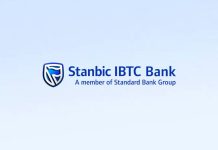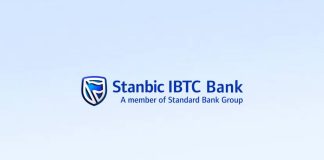As investors assessed the detrimental effects of the local currency, the naira, declining on their individual portfolios, a wave of selloffs rocked the secondary market for Nigerian Treasury notes on Thursday.
Despite a significant official currency fall in June 2023, Naira assets have been under to tremendous pressure on the financial markets as inflation circumstances intensify and the local currency weakens.
Negative interest rates in the local debt market reduced investors’ interest in fixed income instruments, while asset managers’ hunger for investment in the local debt capital market was suppressed by the absence of an alternative investing window.
The Central Bank of Nigeria (CBN) has seen high subscription levels throughout the course of the year, which has allowed spot rates to decline as the debt agency works to keep funding costs down.
In the money market, short-term benchmark rates such as the open repo rate (OPR) and the overnight lending rate (OVN), also rose significantly. The OPR increased to 11.83% from 3.50%, and the OVN reached 12.25%, up 805 basis points from 4.20%.
Hence, proceedings in the Treasury bills secondary market ended on a bearish note on Thursday. Traders reported that the average yield expanded by 9 basis points to 7.1%.
Across the curve, Cordros Capital said the average yield advanced at the short (+28bps) and long (+6bps) ends following selling pressures on the 91-day to maturity (+112bps) and 322-day to maturity (+80bps) bills, respectively.
Meanwhile, the yield line closed flat at the mid-segment. Elsewhere, the average yield was unchanged at 12.0% in the OMO segment, according to the investment firm.
In the FGN bond secondary market, trading activities also ended on a bearish note with a pocket of transactions. Consequent to selloffs, prices of government bonds slide. In contrast, the average yield expanded by 17bps to 14.6%.
Across the benchmark curve, the average yield expanded at the short (+38bps) and long (+14bps) ends as market participants sold off the MAR-2027 (+76bps) and MAR-2050 (+50bps) bonds, respectively. Conversely, the average yield was flat at the mid-segment.
Reversing the previous day’s gain, the Nigerian naira depreciated by 4.3% to 837.49 per US dollar at the Nigerian Autonomous Foreign Exchange Market, data from the FMDQ platform showed.
The exchange rate at the open market or the parallel market was steadied at N1,300 per greenback due to surging demand for foreign currency by Nigerians – individuals, government and corporates.














